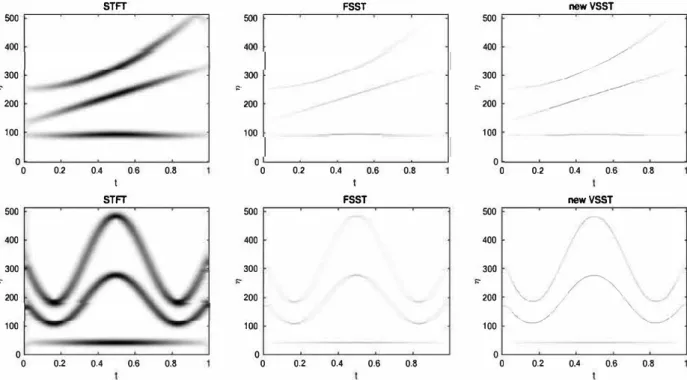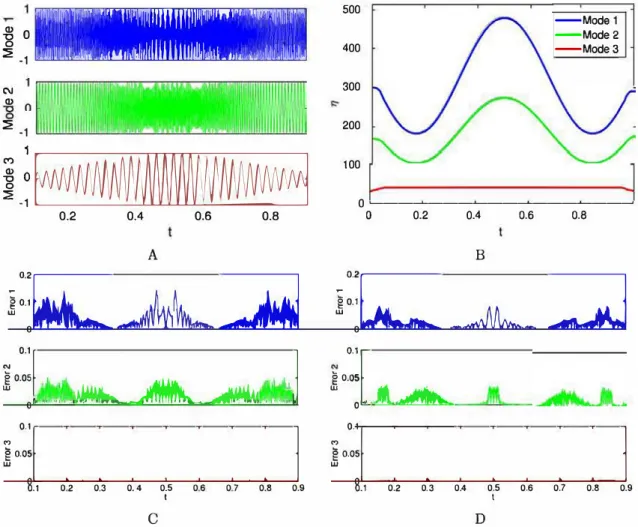Theoretical analysis of the second-order synchrosqueezing transform
Texte intégral
Figure




Documents relatifs
Ying, “Quantitative canvas weave analysis using 2-d synchrosqueezed transforms: Application of time- frequency analysis to art investigation,” IEEE Signal. Processing Magazine
able to account for the specific heat data for KF ; however, the present work indicates that compa- rision of theoretical and experimental Raman spectra would provide a
Il est évident que l'on ne peut comparer les autoroutes de notre pays avec celles que nous utilisons dans d'autres pays d'Europe, mais il y aurait quand même quelques centaines
Des résultats plus détaillés (en termes de prérequis, mais aussi de relations entre leur maîtrise et la réussite académique) sont disponibles dans le rapport d’activité
the z axis is reflected compared to the system used for the decay of particle B (it must point in the direction of C momentum in the A rest frame), but the x axis is kept the
Trust facilitation is a more complex issue since estimating user trust presents unique difficulties. It is hard to estimate trust values at the user’s first visit, although
Characterisation of lightly oxidised organic aerosol formed from the photochemical aging of diesel exhaust particles.. The MIT Faculty has made this article
General 3D equation of instability cones as well as of the 3D bifurcation domain limit are given for every incrementally piece-wise linear constitutive model.. In the second part,
